I find it ironic that so many tourists come to visit a place that was originally designed to keep others out. While a visit to the Tower of London may have been an unpleasant experience during medieval times, by today’s standards it is a not to be missed adventure when visiting London.
Dating back to 1066, William I erected the Tower of London as a temporary castle and fortress. Actually a set of buildings, the White Tower was the tallest building of its time and dominated the London skyline for miles. Although there were more ornate palaces, the Tower was a symbol of royal strength during peacetime and refuge during unrest and served as the home to many kings and queens.
Throughout most of its history, a visit to the Tower of London was not a happy occasion, as many prisoners were sent here for offenses committed against the monarchy. Prisoners were held in dark, damp walls enduring appalling conditions, many tortured. Hundreds met their untimely death upon Tower Hill in clear view of public bystanders.
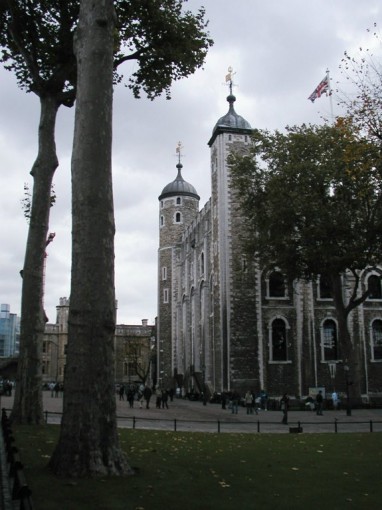 High ranking prisoners were held in Beauchamp Tower where they were attended by servants. Most aristocratic prisoners were executed in private, away from the public on Tower Green. Included in the seven executed here were two of the wives of Henry VIII, among them Anne Boleyn. Standing on the same spot today, now a peaceful, grassy knoll with views of Tower Bridge in the distance, it is hard to imagine such violent acts were committed here.
High ranking prisoners were held in Beauchamp Tower where they were attended by servants. Most aristocratic prisoners were executed in private, away from the public on Tower Green. Included in the seven executed here were two of the wives of Henry VIII, among them Anne Boleyn. Standing on the same spot today, now a peaceful, grassy knoll with views of Tower Bridge in the distance, it is hard to imagine such violent acts were committed here.
The Medieval Palace, originally built by Henry III and later enlarged by his son, Edward I, includes the Wakefield Tower which has been restored to its 13th Century appearance. While on a tour of this building, in a tiny closet, I discovered the medieval version of an indoor toilet, a wooden bench with a substantial sized hole, pressed against an outer wall of the castle. The romantic image I had of life in a castle now came to a crashing halt as a shocking revelation came with the explanation that the ultimate outcome ended up in the surrounding moat. My image of the crystal clear moat with swans gliding was now a picture of a filth and sludge filled ditch. A major deterrent to would-be swimming invaders! The moat was thankfully drained and filled-in in 1845.
It was also under Edward I, that the Tower of London was transformed into the largest and strongest fortress within a fortress. The Tower was then used not only as a royal residence and prison, but also a place to store valuable papers and valuables. The Tower of London later housed the Office of the Ordinance, the Royal Mint, and even a menagerie that formed the London Zoo.
Yeoman Warders, better known as Beefeaters, guarded the Tower and once served as bodyguards of the king. Today, the Beefeaters are retired military officers that live in residences on the property and serve as tour guides. The Yeoman led tours are included in the Tower admission fee and are often the highlight of a visit. Our charming guide reminded me of my favorite college history professor, bubbling with knowledgeable facts, legends and mysteries surrounding the Tower, including the disappearance, and believed murder of the young Edward V and his brother in 1483.
The Beefeaters are not the only residents of the Tower – the famous black ravens live in special lodgings next to Wakefield Tower. According to legend, “if the ravens leave the tower, the kingdom will fail.” These legendary guardians of the Tower are tended to by a Raven Master and can be found throughout the Tower grounds. As posted, visitors should not approach the Ravens.
The Tower of London met with renewed public interest and fascination in the 1800s and a detailed restoration ensued. Upon completion, a tour was no longer just for privileged sightseers, but ordinary people could spend a day at the Tower as well. A favorite stop for me was the display of royal armor dating back 500 years and literally Fit for a King. The armor gave a revealing insight as to the physical appearance and even the personality of the royals, as the metal suits served as protection and were also decorated with elaborate designs. The armor of Henry VIII impressed me the most as it included the armor worn by his horse as well. Other items on display include a variety of weapons used throughout the ages both as protection and punishment on the prisoners held captive.
A sharp contrast to the horror and pain suffered within the Tower are the sparkling gems that have adorned the monarchs. Held at the Jewel House, under armed guard, the greatest collection of Crown Jewels, 23,578 to be exact, are a priceless symbol of the British Monarchy. In an attempt to keep the crowd moving at an even pace, guests view the collection from a slow moving conveyor belt. The items used during coronation ceremonies are perhaps the most stunning. The Imperial Crown alone contains 2,868 diamonds, 273 pearls, 17 sapphires, 11 emeralds and 5 rubies. Not a museum collection, this working collection is evidenced by the occasional “IN USE” sign indicating that one of the royals is wearing them.
Location: Reachable by public transportation. The closest underground station is Tower Hill and about a 5 minute walk from there. The closest train station is London Bridge or Fenchurch Street and a short walk from both stations.
Hours: Winter hours are 9 am-4:30 pm Tuesday through Saturday, 10 am-4:30 pm Sunday and Monday. In the summer, closing time is 5:30 pm.
Admission: Admission tickets include access to the Tower, a Yeoman tour, historical reenactments, tour of White Tower and exhibitions. Tickets may be purchased online or in person from Tower ticket kiosks on Tower Hill. Tickets prices are £19.80 for adults, less for children and students. Packages and discount ticket prices are also available.
Recommendations: For a full day of fun, The New Armouries Restaurant is located within the last standing ordnance used to store military supplies and provides an opportunity to grab a light snack or a full meal. Another dining spot is Apostrophe providing “take away” items for a picnic on the Tower grounds. Standing on a portion of the wharf built by Edward I, from its riverside terrace, Apostrophe offers outstanding views of the Tower of London and Tower Bridge. Guests do not need an admission ticket to the Tower to visit Apostrophe.
Photo credits: J. Ingersoll
You might also enjoy
Having been transplanted numerous times, I have learned to explore the sites around our new found hometown, uncovering hidden gems and attractions. When vacation time rolls around, I enjoy traveling with my family and the occasional weekend escape with my husband, coming home to share our travel experiences with others. You can follow me on Twitter @JAIngersoll. My top three destinations are Walt Disney World Resort, the Midwest and any beach I can walk along.
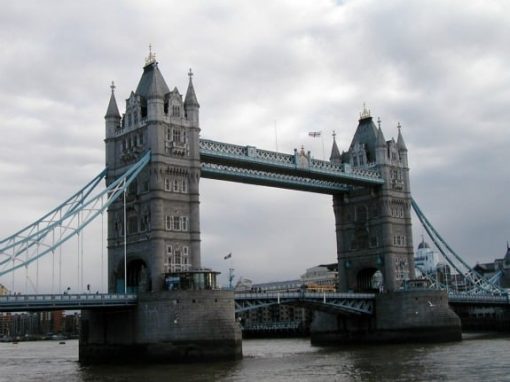
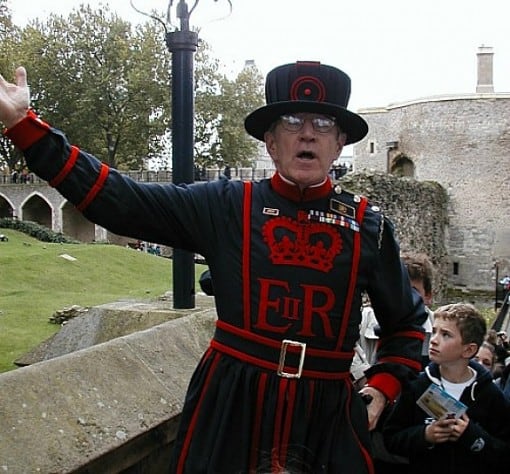
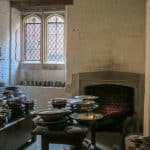


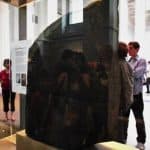
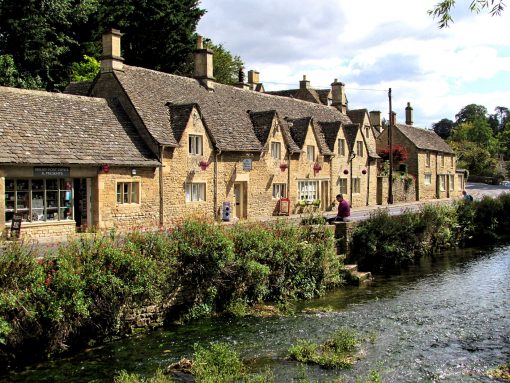

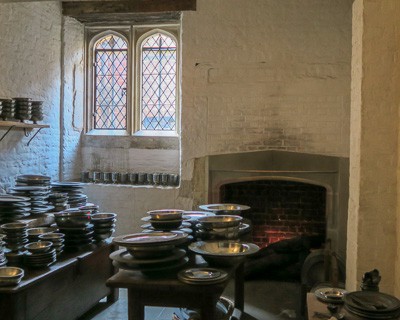

I love the history you included with the article on the tower. Fascinating history for that entire region there.